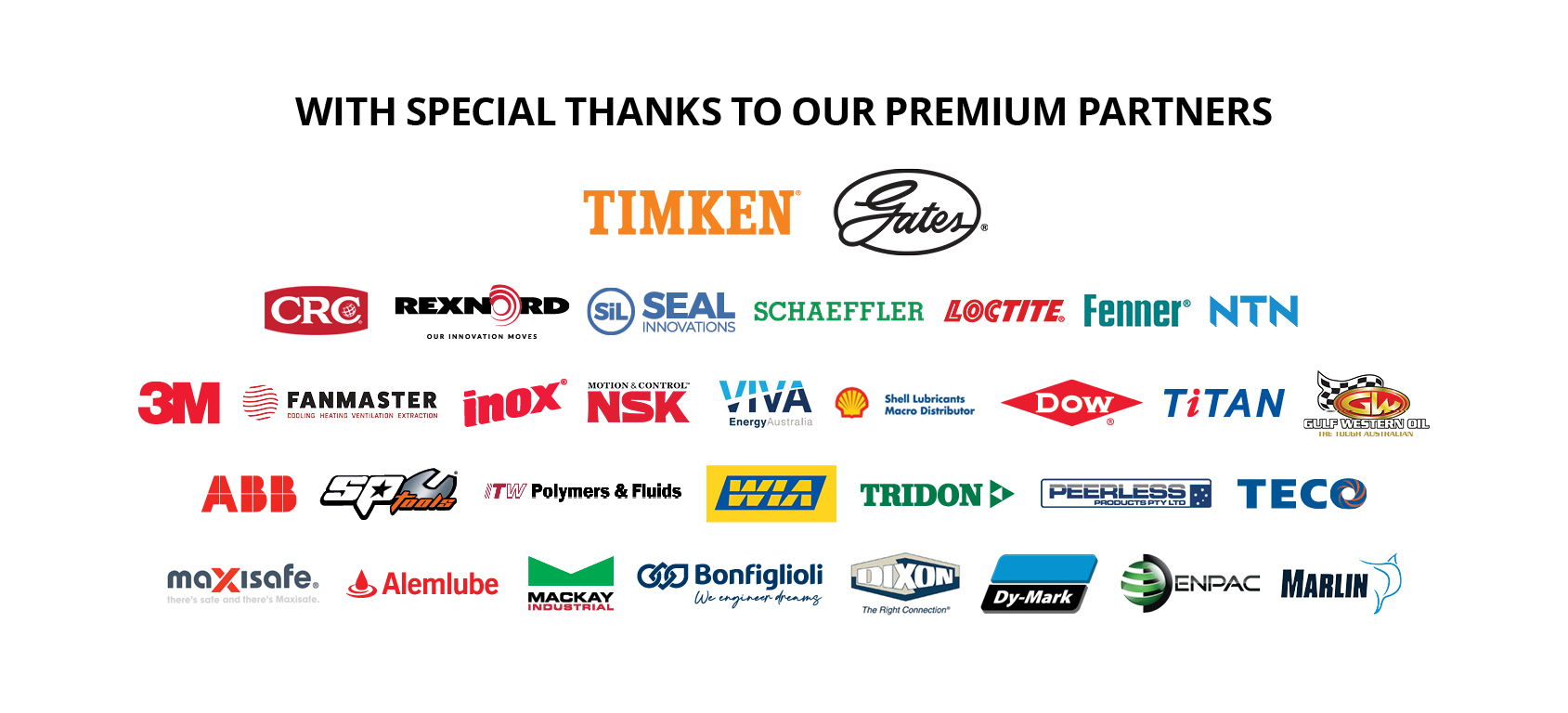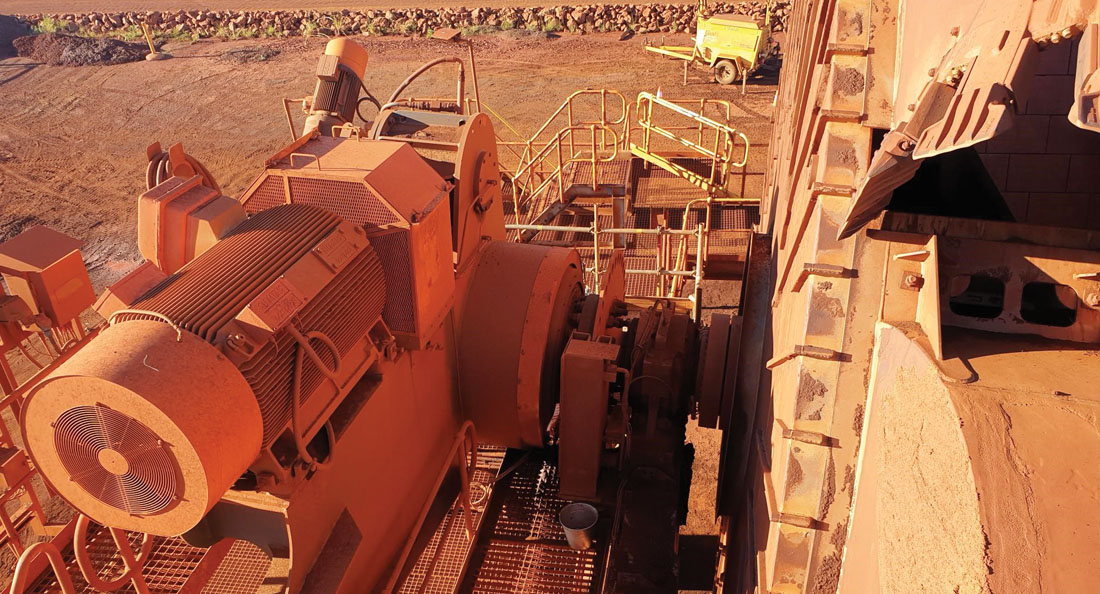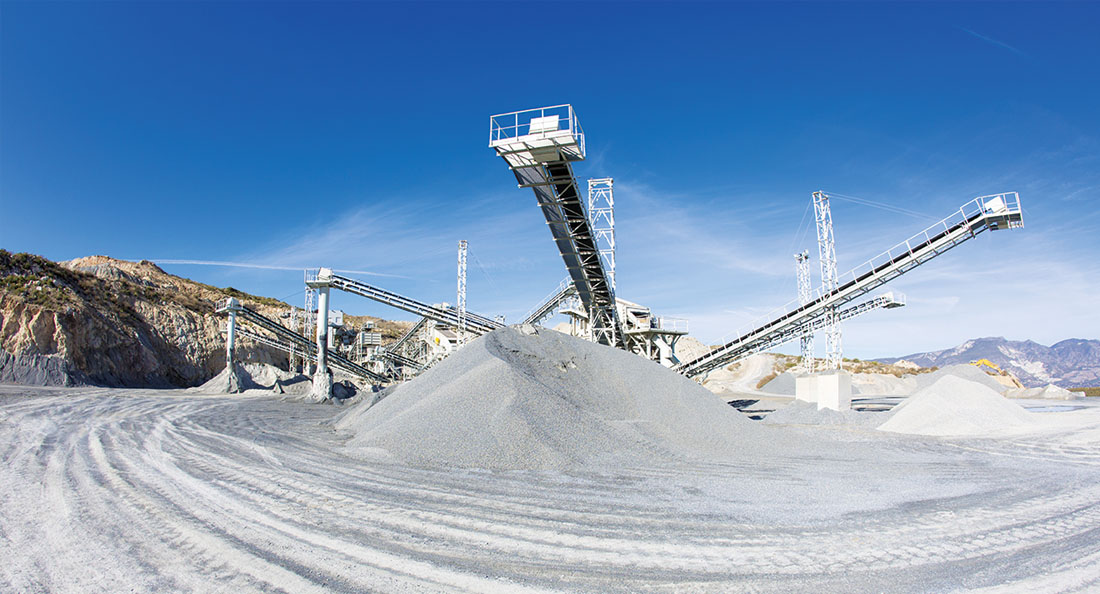A process developed in-house by CBC engineers to address the prevalent issue of conveyor pulley bearing housing base misalignment for customers in the mining and quarrying industries proved to be effective when a similar problem was faced at AGL’s Liddell power station in New South Wales.
The pulley’s bases for the conveyor belt system carrying coal at the power station had a misalignment of 0.75 degrees between the two pulley bases. The maximum recommended misalignment is 0.25 degrees.
CBC Reliability Engineer, Connor Hincks says using the CBC-designed Machined Base Remediation (MBR) process, the team was able to bring the bases back to alignment with the conveyor by grouting a 3-millimetre stainless steel plate in position.
“The job was completed by 5:00pm and left overnight to cure. The jig was removed at 6:30am the next morning and handed over to AGL at 7:30am,” says Connor.
While the CBC MBR process has been ground-breaking for many mining customers in Australia, CBC engineers Gary Payne and David Wilson would like to generate more awareness about the value of the process and what it can mean for all CBC customers in the mining and quarrying industries nationwide.
“It’s a much larger issue than people probably realise,” says David Wilson, Engineering Manager for CBC WA. “Any operation running a conveyor is likely to come across this problem. Basically, if the base of the conveyor pulley is not aligned properly, it will shorten the life of the bearings and seals and cause deterioration of the pulley and conveyor belt.”
David points out that these issues can equate to significant costs, particularly if a pulley needs to be replaced well before its recommended life cycle, and especially if it leads to the shutdown of an entire conveyor in a critical mining application.
“Bearings are not particularly costly, but if you factor in the premature pulley wear and the downtime required to repair or replace these components – then it quickly escalates to a very significant amount.”
Conveyor issues have been a focal point for CBC for years, as these are priority concerns for customers in the mining sector. For this reason, CBC performed comprehensive studies on bearing housing standards and identified misalignment on conveyor bases as a key cause of premature pulley failure over a decade ago.
This led to the development of an alignment standards chart and, in 2009, CBC’s exclusive MBR procedure.
If a pulley was off kilter in the past, the correction procedure was to put half shims under the bearing housing, but Gary Payne – who is the Principal Advisor for CBC WA – says this is poor practice.
“Basically, after identifying the issues with poor base support and alignment we needed to provide a fix. The past method was to put half shims under the bearing housing, this would correct the alignment but compromise housing support. Using full shims does not change the housing angle. And one of the big issues we see with pulleys is misalignment of the seals,” he explains. “Machining is an option, but it is time consuming and not practical for mining customers where every hour of downtime proves costly. Alternatively, you could cut the bases off and re-weld new ones on, but this is also time-consuming and labour intensive. We needed a method that would not only fit into a single shift – which is basically 12 hours – but would also properly correct base flatness and alignment. And this is what MBR was developed to do – it fixes base flatness and with that, angular misalignment.”
According to Gary, the MBR process will fix bases that are not flat to the IT7 bearing housing standard, are not co-planer or are not aligned to the conveyor centreline. In particular, he notes that the IT7 standard for flatness leaves little room for differentiation.
“The IT7 is the recommended tolerance. A lot of people don’t realise how tight it is but if you bolt a housing down and the base is not flat you will distort the housing and thereby reduce bearing life,” he clarifies.
Unlike other methods, the MBR procedure can be performed without machining or any hot work on the site – in fact, it can be done without any site power at all. There are a number of steps involved, but Gary and David say CBC have created kits that ensure all the equipment is available and ready to go for the procedure when the team is onsite.
“The job will take approximately 5 to 6 hours and then we allow for curing time, which can range from 2 hours to 6 hours depending on the temperature. We allow for 12 hours in total to be sure that everything is set, which is exactly one shift in mining terms,” explains David.
The procedure’s time requirement is possibly its most important benefit, reiterates Gary.
“A big driver in us developing this procedure was downtime. Time is everything in this industry so to be able to correct the problem in one shift is much more attractive than the other options, which may not resolve the alignment,” says Gary.
David also maintains that while cost savings will be determined on a case by case basis, the goal will always be to achieve the maximum life out of the equipment.
“At a minimum you want to prevent premature failure and unplanned downtime. Ultimately though, you want to extend the life of the pulley and bearings.”
THE MBR PROCESS
- Bases are readied to start the procedure – the pulley is locked out of the way and scaffolding is set up.
- Bases are measured for flatness, and this is compared to the IT7 standard.
- Two jigs that are bolted to an alignment bar each have a stainless-steel base attached. These are machined flat to IT7 and contain holes to locate the jig plate on the housing mounting bolts. The stainless-steel plates will become a permanent fixture on the base.
- These are fitted to the bases. The alignment bar, when fitted, holds the flat jig plates parallel to each other.
- The complete assembly is then aligned perpendicular to the conveyor centre line.
- The gap between the jig plates and existing housing based is measured and recorded.
- Stop bolts are set to the existing bases and locked into position.
- The jig plates and alignment bar are removed and grout material is applied to the bases.
- The jig plates are refitted to the base and pushed back to the pre-set stop points. These jig plates are located on the housing mounting holes to ensure that they are returned to the exact position.
- Once set, the jig plates are separated from the stainless-steel base plates and removed. The new stainless-steel surfaces will then be flat, co-planar and aligned to the conveyor centre line ready to remount the housings.




